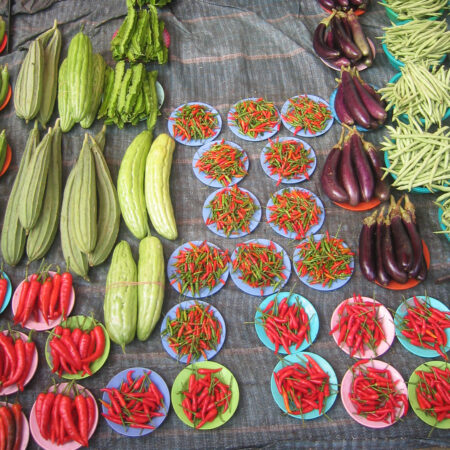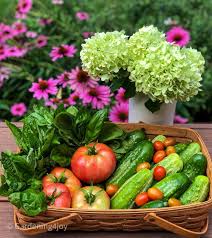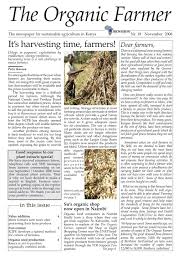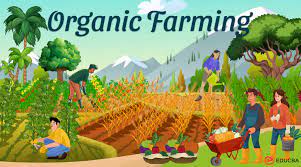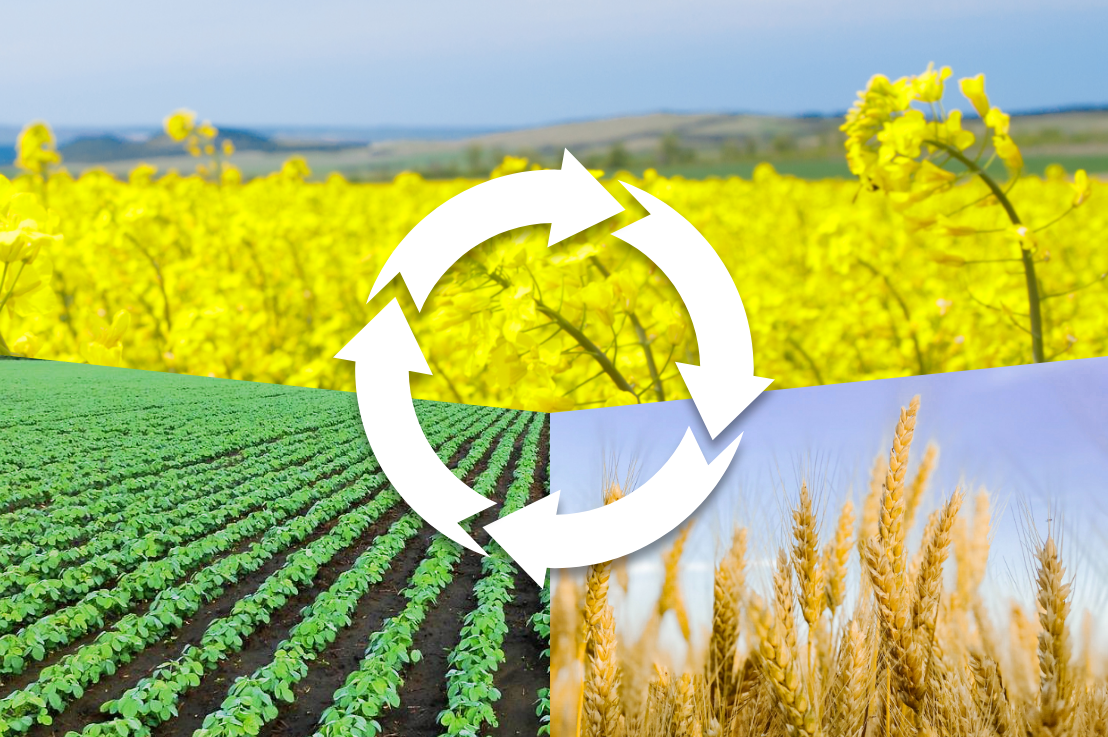
Crop rotation is an age-old practice that has been employed by farmers for centuries. It’s a simple yet highly effective strategy for optimizing crop yields while maintaining soil health and reducing the need for synthetic inputs. In this comprehensive guide, we’ll explore the benefits, methods, and strategies for maximizing yields.
What is Crop Rotation?
Crop rotation involves systematically changing the type of crops grown in a specific field over a set period. Typically, it follows a sequence that ensures that crops with different nutrient requirements and pest vulnerabilities are grown in succession. This practice enhances soil fertility, minimizes the risk of soil-borne diseases, and improves overall yield.
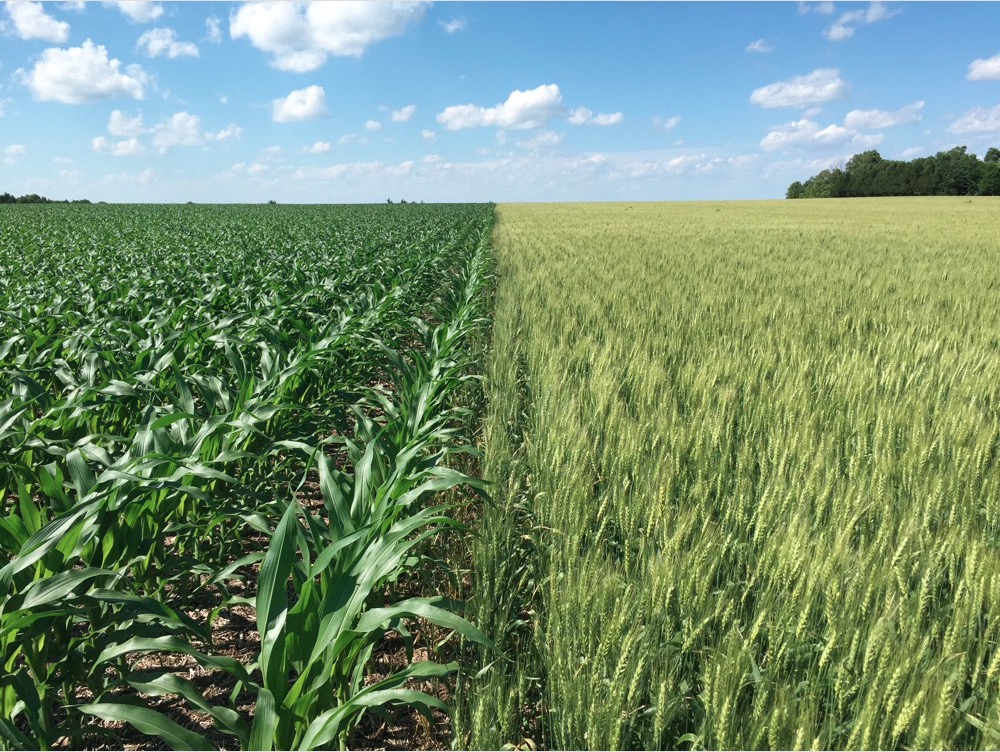
The Benefits of Crop Rotation
- Improved Soil Health: It helps break the cycle of soil-borne diseases and pests. By alternating between different plant families, you reduce the buildup of pathogens and pests that target specific crops. This promotes healthier, more disease-resistant soil.
- Enhanced Nutrient Cycling: Different crops have varying nutrient requirements. By rotating crops, you can balance nutrient utilization, preventing soil depletion and promoting efficient nutrient cycling.
- Weed Suppression: Certain crops, like legumes, can help suppress weeds due to their ability to fix nitrogen. This reduces the need for herbicides and manual weeding.
- Increased Yields: A well-designed crop rotation plan can significantly increase crop yields. Some crop combinations even lead to a synergy where one crop’s residues benefit the next crop in the rotation.
- Reduced Dependency on Synthetic Inputs: With healthier soil, you can reduce the need for synthetic fertilizers and pesticides, saving money and reducing the environmental impact.
Crop Rotation Methods
1. Simple Two-Crop Rotation: This method involves rotating two different crops, typically one year of grain followed by one year of legumes. For example, corn followed by soybeans.
2. Three-Crop Rotation: This approach extends the rotation to three crops over a three-year period. An example might be wheat followed by peas and then corn.
3. Diversified Multi-Crop Rotation: This method involves a more complex rotation, including multiple crops over several years, to maximize soil health and pest control.
Synonymous Terms for Crop Rotation:
- Crop sequencing
- Crop diversification
- Rotational farming
- Cropping systems
- Field rotation
The Role of Numbers in Crop Rotation
In crop rotation, the timing and sequence of crops are critical. Many farmers follow a strict schedule to maximize the benefits. For example, a common rotation is the 3-year cycle of corn, soybeans, and wheat, each taking a year in the field. This not only provides variety but allows for different nutrient requirements and reduces the risk of diseases affecting a single crop.
Challenges and Considerations
- Crop Selection: Choosing the right crops for your rotation is essential. Consider climate, soil type, and market demand when making your choices.
- Planning: Crop rotation requires careful planning and record-keeping to ensure the system is effectively managed.
- Disease Management: While crop rotation helps manage diseases, it doesn’t eliminate them entirely. Additional pest control methods may still be necessary.
- Weed Control: Although crop rotation can help with weed suppression, it’s not a complete solution. Implement other weed control strategies as needed.
Conclusion
Crop rotation is a time-tested strategy that offers multiple benefits for farmers. By thoughtfully planning your rotation, you can increase yields, improve soil health, reduce the need for synthetic inputs, and contribute to a more sustainable and eco-friendly agriculture. Incorporating synonymous terms and following the right schedule, as well as considering the challenges involved, will help you make the most of this valuable farming technique. So, start planning your crop rotation today and reap the rewards of healthier soil and higher yields.



